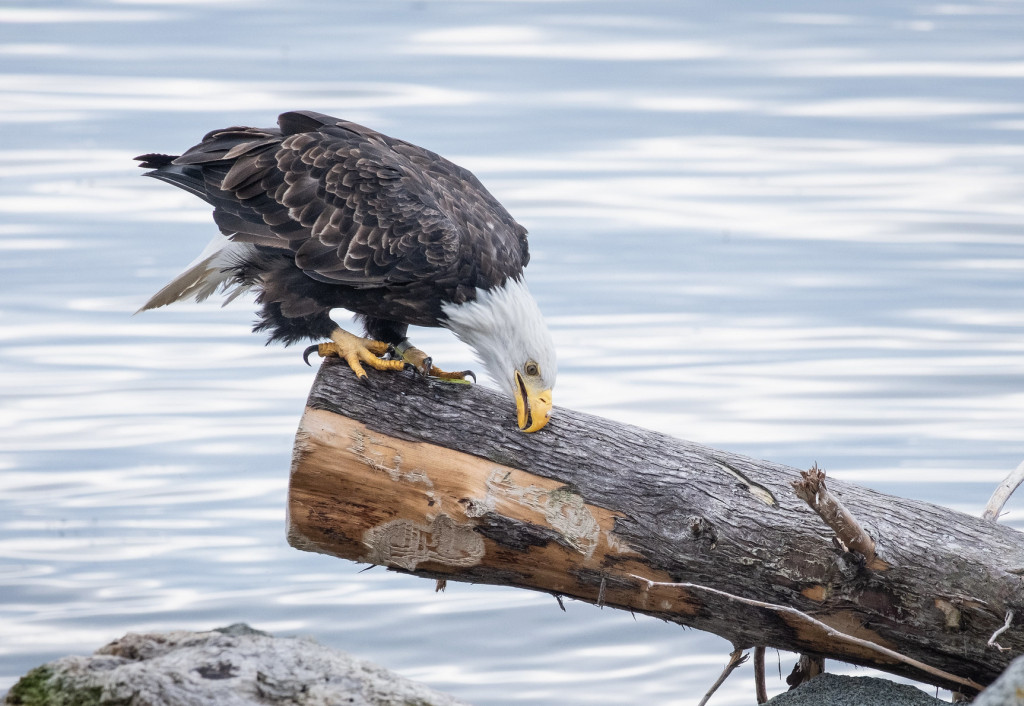
9 April 2022
New word for the day.
Feaking – The act of rubbing the beak against a surface for cleaning or maintaining beak shape, often done after eating.
— Definition from the National Eagle Center
The word feak originated in falconry in the early 16th century, derived from the German word fegen which means cleanse or sweep. Despite what auto-correct assumes, there is NO R in feak.
In this video, the female bald eagle is feaking on the edge of a nest platform in the rain.
And here’s a peregrine feaking after her meal.
Biologists have a word for just about everything. This behavior, where a bird rubs its beak on a rock or branch to clean it off is called “feaking”. pic.twitter.com/qt23XXakPW
— CalFalconCam (@CalFalconCam) March 11, 2022
Feaking isn’t confined to raptors. Learn the several reasons why birds do it at National Audubon’s article: Here’s Why Birds Rub Their Beaks on Stuff.
(photo from BC Coastal Dry Belt on Flickr; videos embedded from YouTube)
Just curious. Why don’t the bald eagles in Hays have names like the peregrines at Pitt?
Also are these the same pair at the nest site every year? How many years have they been at this site? Sorry, if you have previously discussed this. Maybe you could refer me to that part of your blog. Thanks, Kate. Love your love affair with Mother Nature.
Michael, human follower(s) of nesting peregrines and bald eagles tend to name the birds for their own convenience. During the Peregrine Recovery Program peregrine chicks were often officially named at banding (partly a PR move). The species has fully recovered now & is no longer banded & offically named.
Here’s info on why & how Pittsburgh’s peregrines are named: https://www.birdsoutsidemywindow.org/peregrine-faqs/question-how-do-peregrines-get-their-names/
Bald eagles: It may be that some Hays eaglecam fans have given the pair unofficial names that are not used in the media. Check with Hays eaglecam viewers or admins to learn more about names and the longevity of this pair.
Thanks, Kate, for the very informative article about how the peregrines got their names.